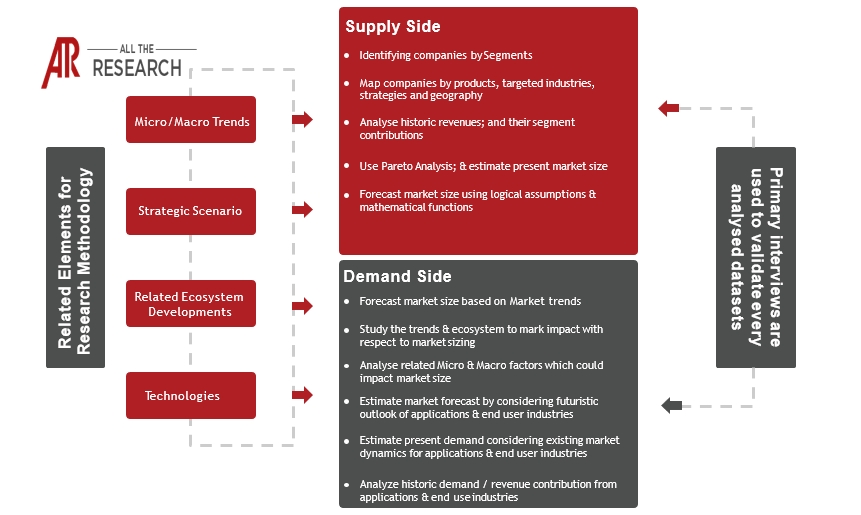The global biosensors market is experiencing significant growth, driven by increasing demand for rapid, point-of-care diagnostics, continuous monitoring, and personalized medicine. Biosensors, analytical devices that detect a biological analyte, such as glucose, enzymes, antibodies, or DNA, are becoming increasingly crucial in healthcare, environmental monitoring, food safety, and biodefense. This report provides a comprehensive overview of the biosensors market, encompassing its drivers, challenges, trends, and competitive landscape.
Market Definition: A biosensor is an analytical device used for the detection of an analyte that combines a biological component with a physical detector component. The biological component, such as an enzyme, antibody, or nucleic acid, interacts with the analyte. This interaction produces a physical, chemical, or optical signal that is then transduced and amplified by the detector component, which can be electrochemical, optical, piezoelectric, or thermal. The amplified signal is then processed and displayed as a quantifiable measure of the analyte's concentration.
Market Size and Growth (CAGR): The global biosensors market is projected to reach substantial valuations in the coming years. Our analysis indicates a robust Compound Annual Growth Rate (CAGR) during the forecast period (e.g., 2024-2032). This growth is fueled by technological advancements, increasing prevalence of chronic diseases, and a rising geriatric population. Specific CAGR figures can be found within the full report.
Key Market Drivers:
Key Challenges Facing the Market:
Regulatory Focus:
The biosensors market is subject to stringent regulatory oversight from various agencies, including the Food and Drug Administration (FDA) in the United States, the European Medicines Agency (EMA) in Europe, and other national regulatory bodies. These agencies regulate the safety, efficacy, and performance of biosensors, ensuring that they meet specific standards and requirements before being commercialized. The regulatory landscape is constantly evolving, with new regulations and guidelines being introduced to address emerging challenges and technological advancements.
Major Players:
The biosensors market is characterized by a mix of established players and emerging companies. Key players in the market include (Examples):
These companies are actively engaged in developing and commercializing a wide range of biosensors for various applications.
Regional Trends:
Trends within M&A, Fund Raising, etc.:
The biosensors market is witnessing increasing M&A activity as larger companies acquire smaller players with innovative technologies. This consolidation allows companies to expand their product portfolios, gain access to new markets, and enhance their competitive positioning. Fundraising activities, including venture capital investments and initial public offerings (IPOs), are also on the rise, reflecting the growing investor interest in the biosensors market. A focus on specific applications, such as non-invasive glucose monitoring, and POC diagnostics, are driving significant investments. The report will detail specific M&A activity and funding rounds, providing actionable insights.
This report provides a detailed analysis of the biosensors market, including market size, segmentation, regional trends, competitive landscape, and future outlook. It serves as a valuable resource for investors, manufacturers, researchers, and other stakeholders seeking to understand the dynamics of this rapidly evolving market.
The Report Segments the market to include:
By Product Type:
By Technology:
By Application:
By End User:
By Region:

Ask for free product review call with the author

Share your specific research requirements for a customized report

Request for due diligence and consumer centric studies

Request for study updates, segment specific and country level reports
By Product Type:
By Technology:
By Application:
By End User:
By Region:
Note: Dates and locations are subject to change. Please confirm details on the official conference websites.*
